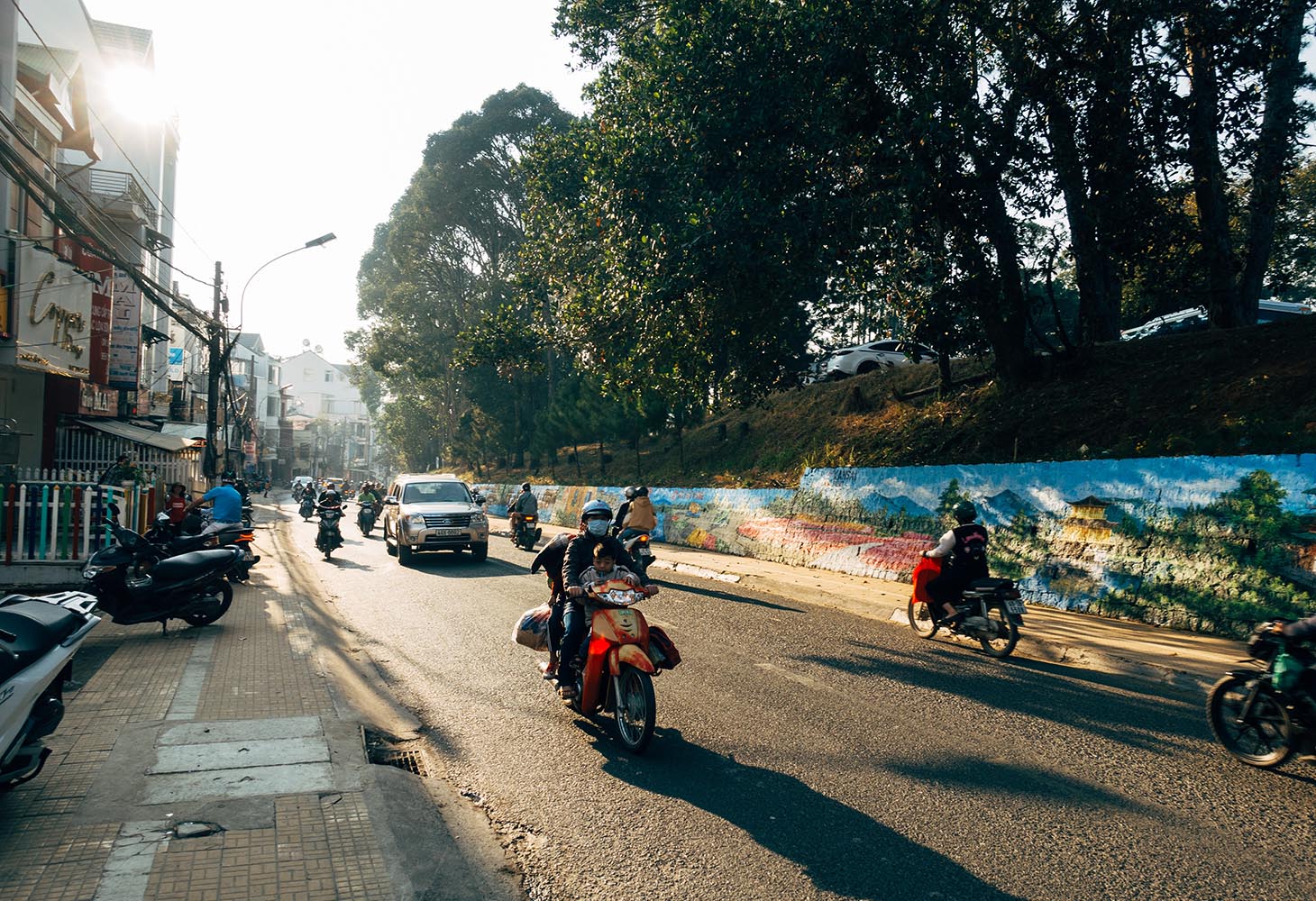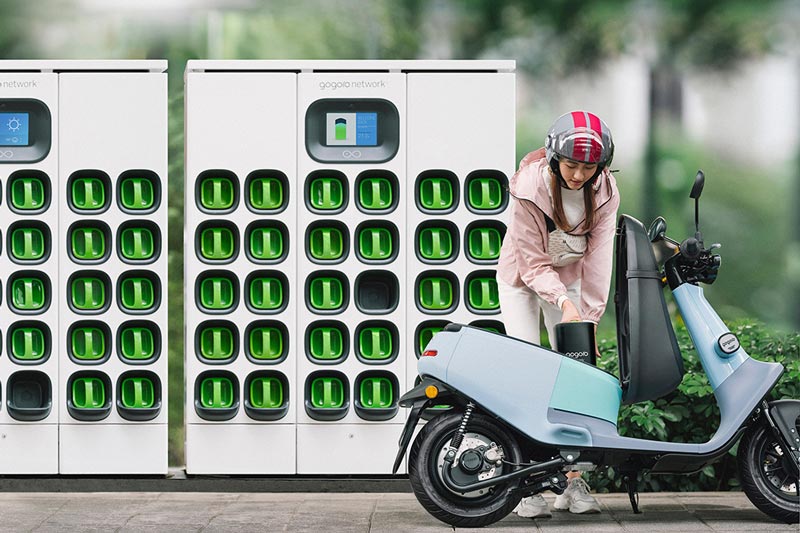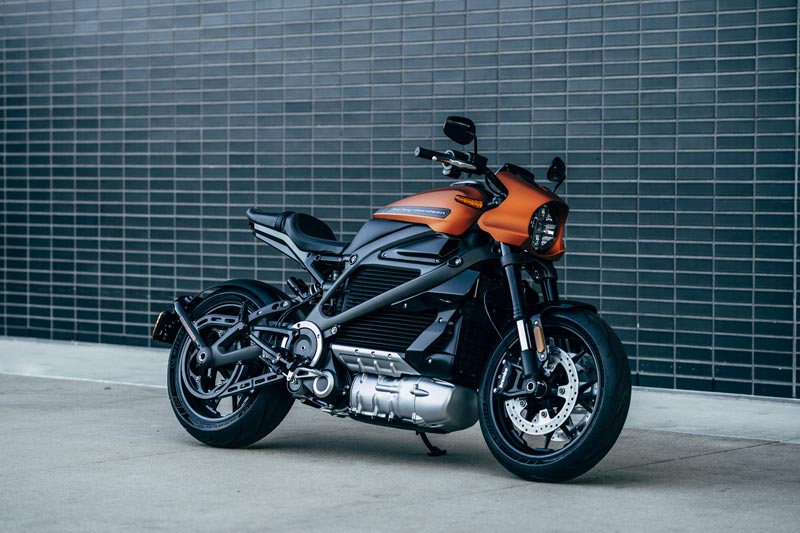
Decarbonisation poses technical challenges for two-wheeler segment
Global car sales took a sizable hit in 2020 with the arrival of the Covid-19 pandemic. In 2019, total sales were around 75 million units. One year later, sales volumes were considerably lower at just under 64 million, according to market research and data company, Statista. In comparison, the market for two-wheelers has been more resilient.
In 2021, the two-wheeler segment enjoyed global sales of 58.6 million, an 8.5% increase from a year earlier. Analysts are forecasting strong growth in two-wheelers moving forward, particularly in Asia. This increase will present opportunities for oil marketers, says Pradheep Veerapan, global portfolio manager, small engines and marketing advisor, Asia Pacific at Infineum.

Pradheep provided insight on Identifying motorcycle lubricant opportunities in a changing market during the recently completed F+L Week in Bangkok, Thailand, in April 2022. The Infineum representative attributed two-wheeler growth to rising incomes, the availability of finance and incentives, a widening range of high-performance options, increasing need for personal mobility and the attraction of electric two-wheelers.
Despite new opportunities afforded by market growth, the development of lubricants for two-wheelers will not all be easy, suggests Pradheep. A push towards higher fuel economy is at odds with traditional motorcycle lubrication needs around durability and friction performance, he says. Pradheep outlined three primary challenges for oil formulators—tightening emissions regulations, divergent consumer needs, and carbon reduction and sustainability targets.
Europe, India and Japan are increasingly applying emissions legislation to motorcycles. More stringent emissions legislation offers an opportunity to drive up the quality of motorcycle lubricants, however, it also creates technical challenges for motorcycle lubricants, says Pradheep.
Bharat Stage VI (BS-VI) was introduced in India in 2020. The same year, Euro V emission standards were enacted for motorcycles in Japan and Europe. These standards tighten limits for major pollutants including carbon monoxide (CO), hydrocarbons and oxides of nitrogen (NOx) and introduce new particulate matter and non-methane hydrocarbon limits. The latest regulation is based on the World Motorcycle Test Driving Cycle (WMTC) which stipulates real-world driving conditions. This makes the requirements even more challenging, says Pradheep.
Fuel economy targets and carbon dioxide (CO2) limits are not included in the requirements. However, OEMs continue to strive for improvements in fuel economy, an important consideration in consumer purchasing decisions.

The United States has been slower to adopt new standards for two-wheelers. The California Air Resources Board (CARB) consistently applies more stringent air quality rules than other parts of the U.S. However, the organisation has not proposed new standards for on-road motorcycles (ONMC) since 1998.
CARB is currently undertaking efforts to harmonise ONMC with Euro V emissions standards. On April 22, CARB announced changes to its regulatory development timeline. The proposed effective implementation date has been changed from model year 2024 to 2025. Draft regulation text and details on the CARB certification process will be presented in workshops in the summer of 2022.
Indian motorcycles have predominantly carbureted engines with two-way catalysts, says Pradheep. Strict requirements in BS VI around CO, hydrocarbon and NOx means closed-loop fuel injection systems and three-way catalysts will be necessary, he says. There is potential for the three-way catalyst system to be poisoned by phosphorus in motorcycle oil. Pradheep expects greater uptake of lower phosphorus oils to ensure three-way catalyst protection. “API SJ and SL will continue to be the major quality levels, although we can expect some growth of API SN,” he says.
Euro V and BS VI are prompting the use of on-board diagnostic systems (OBD) to ensure tailpipe emissions remain within the threshold limits during vehicle operation. OBD Stage I does not monitor catalytic converter, misfire detection or oxygen sensor deterioration. However, OBD Stage II includes converter monitoring. OBD II will be required in India from 2023 and Japan and Europe in 2024, emphasising the need for motorcycle oils that support extended catalyst life.
Pradheep highlighted a “significant technical dilemma” in that fuel economy enablers appear contrary to the lubrication needs of motorcycles. For example, the addition of a friction modifier can achieve a fuel economy credit but can also lower clutch friction in manual motorcycles. Engine modifications to control NOx production can also harm fuel economy. He outlined a probable move to lower viscosity lubricants and an increase in the use of SAE 10W-XX, which was previously the lowest grade of motorcycle oil. Honda has now introduced SAE 5W-30 oils for BS VI-compliant motorcycles in India.

In motorcycles, a single oil must protect the gearbox and the clutch. As thinner lubricants can create issues concerning engine durability, Pradheep expects the adoption of lower viscosity grades to occur slowly. The challenge for formulators is to employ a carefully balanced combination of advanced additive systems so there is no compromise on durability with thinner SAE viscosity grades and the need for lower phosphorus levels.
Diverging consumer needs is another key challenge outlined by Pradheep. Two distinct two-wheeler user groups exist; commuter-based markets, which are dominated by small bikes, and the leisure market—typically larger machines with more irregular usage. Each user group has distinctly different usage patterns and oil performance requirements.
Both groups have the core requirements of improved fuel economy performance while ensuring hardware protection. However, Pradheep noted there are opportunities for new, tailored motorcycle oils targeting specific user groups, applications and usage patterns. Because a scooter’s drivetrain is unaffected by engine oil, there is a real opportunity for innovation in this vehicle type, says Pradheep.
Growing concerns around climate change and sustainability present further challenges for lubricant manufacturers, says Pradheep. Many traditional internal combustion engine producers are transitioning to electric two-wheelers (E2W) to achieve their sustainability goals. A trend to decarbonisation also means that lubricant suppliers will need to work harder to win conventional lubricant volumes, he says. Pradheep also emphasised the increasing relevance of bio-lubricants derived from renewable sources and those formulated with re-refined base oils.
Alongside the shift to electric E2W, the Infineum representative also highlighted the key trend of differentiated brands for E2Ws. Hero, India’s market leader in the two-wheeler market, launched the Vida brand for emerging mobility solutions in March 2022, and iconic motorcycle manufacturer Harley Davidson has launched LiveWire as its electric motorcycle brand, which currently operates exclusively in the U.S. Yamaha, which aims to have 20% of its motorbikes operating on electricity by 2035, has opted for a colour-based differentiation of e-brands.








